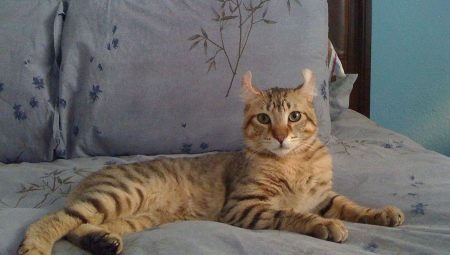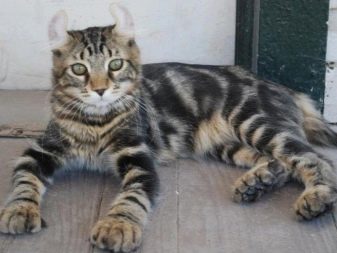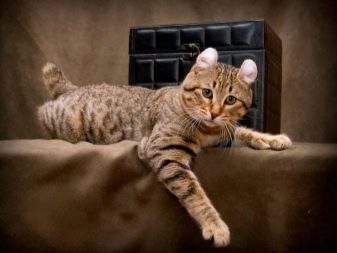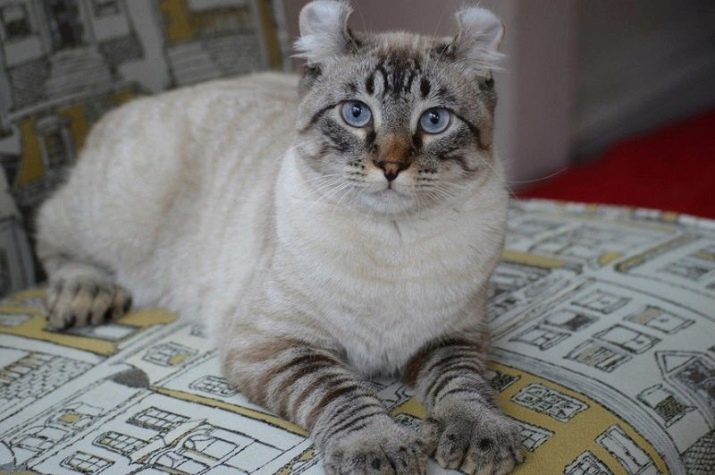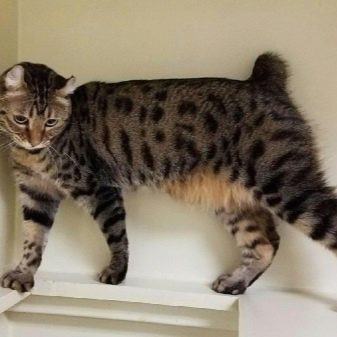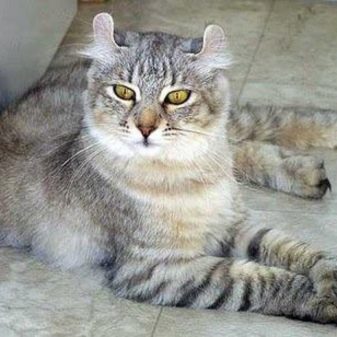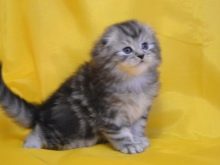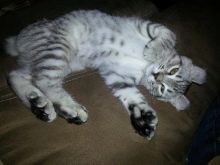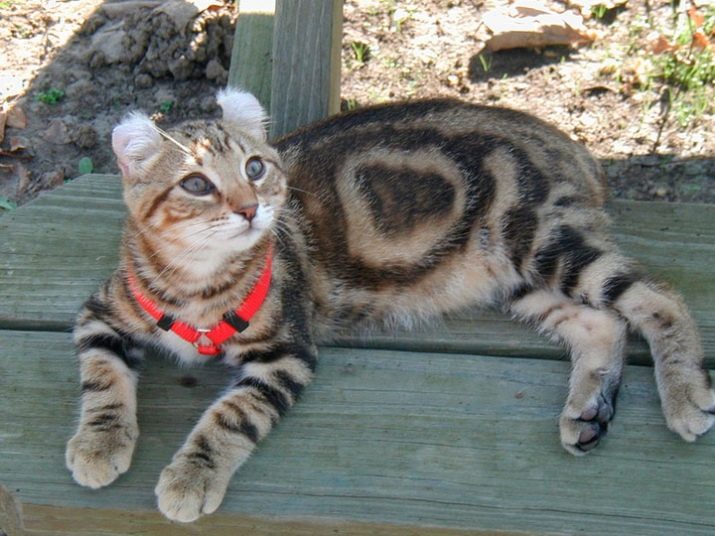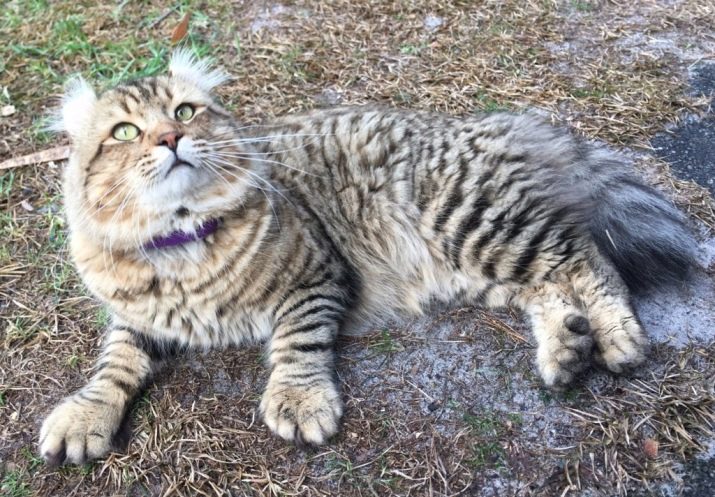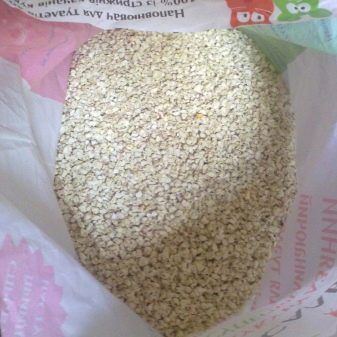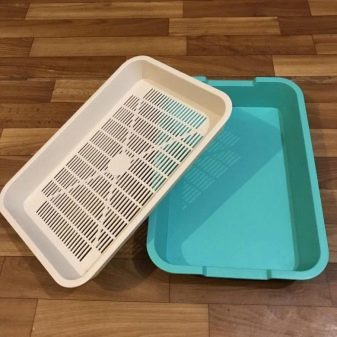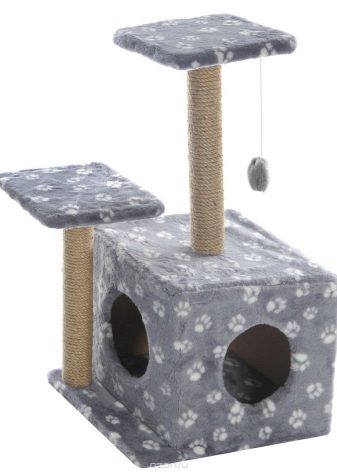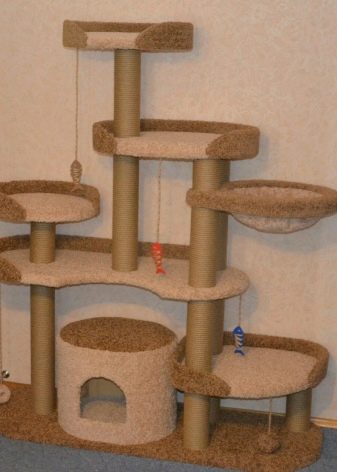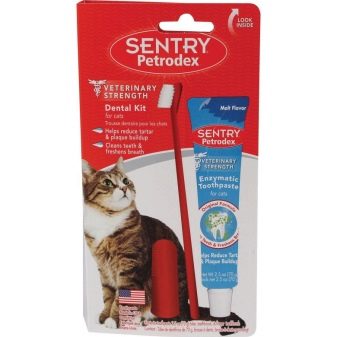Many pet lovers think about the exotic and dream of having a miniature predator in the apartment. These include highlander cats. These are beautiful independent animals with a patterned coat color (tabby). Despite the predatory appearance, the pets are quite affectionate and loyal. Highlanders are divided into short-haired and long-haired.
History of origin
This British breed has pleased breeders relatively recently. Experts began work on breeding Highlanders in the early 90s of the last century. Unusual pet was born by crossing desert lynx and hybrid jungle curl. Thus, the breeders tried not to lose the predatory spotted color of the animal.
In the early 2000s, the breed was recognized by TICA (International Association of Cats).
Appearance
The features of this breed are as follows.
- Ears protruding upward (tips curved inward). In small kittens curl pronounced.
- Strong body with strong muscles.
- Round head with expressive, slanting eyes. Their colors are varied: from greenish-golden to blue.
- Limbs of medium length. Hind legs longer than the front.
- Short, fat tail (up to 3 cm).
- Large paws with pronounced "knuckles". Polydactyly is typical for this breed (the number of fingers exceeds the norm).
The weight of highlanders varies from 5 to 9 kg. Naturally, males are larger than females. There are short-haired and long-haired cats. The first - shiny fur, which fits snugly to the body. Owners of long hair have a moving long tail. Highlanders color unusual and "predatory." The following varieties can be distinguished.
- Classical marble.
- Spotted. The pattern is scattered throughout the body and has different sizes and shapes.
- Tiger (mackerel). It is characterized by the presence of dark stripes on the sides.
Pictures on the face and forehead of the pet is a typical tabby. Legs and short tail are covered with dark stripes. Note that according to the TICA standard, the color of the cat is determined by the color of the undercoat. For example, if the animal's fur visually looks black with a silvery shade, and the undercoat is dark brown, then the pet's color is still brown.
Character
Cats of this breed, despite the "wild" genetics, quite peaceful and gentle. They are very attached to small households and do not show aggression. They are not jealous and angry. They calmly react to other pets (parrots, rabbits and reptiles).
Favorite highlanders - to attract the attention of others funny tricks. Fluffy "clowns" are very inquisitive and constantly explore new places. Despite their mischievous temper, highlanders are easy to bring up and quickly remember various teams. They quickly accustomed to the toilet and love to walk on a leash. Pets are not particularly talkative and prefer to express emotions in other ways. For example, wag short tail or ingratiated look into the eyes of the owner.
Many breeders come to the opinion that the Highlanders have a dog-like devotional character. They are very smart and instantly respond to the name. The Highlander is an active cat, but at the same time there will be no “runnings” on the curtains.
Maintenance and care
The owner should carefully prepare for the appearance of a kitten of this breed in the house. We are talking about purchasing a tray.Fluffy babies are quite large and playful, so they are likely to play with backfill for the toilet. An excellent solution would be to buy a tray with a grill. The product will not allow the kitten to spread the filler throughout the apartment and will be the safest for young animals.
Best for highlanders wood or corn mixture for the toilet.
Pet resting place should not be arranged on the owner's bed. Joint sleep is not safe for a kitten. A breeder can harm an animal completely by accident.
The independent character of this breed begins to manifest itself from childhood, therefore, the kitten must be educated and accustomed to order. Fluffy baby should clearly understand what he can do and what not. Highlanders have an excellent appetite, but in no case can they be overfed. Super dry premium dry food is suitable for pets. If the breeder makes a choice in favor of natural feeding (the obligatory presence of a large amount of protein), then he needs to remember about supplements that contain vital vitamins and minerals.
Note that For this breed, mixing dry food and natural products is highly undesirable. In addition to food, miniature "predators" need plenty of drink. Water should be fresh, clean and in open access. An excellent device for the grown-up cat will be a game complex and a few interesting toys.
In the private house of highlanders you can go for a walk into the courtyard.
The long-haired variety of the breed needs to be carefully combed wool more often than its short-haired relatives. Bathe the cat as needed (once every 2 weeks). The same situation is with the claws of the animal. They are cut when they begin to interfere with the movement of the pet. It is necessary to brush the teeth of an animal regularly (1-2 times a week). The owner is obliged to monitor the cleanliness of the ears and eyes of the cat. With heavy discharge from the cat's eyes, it is necessary to promptly show the veterinarian.
Diseases, their treatment and prevention
Highlanders, like any cats, need a life-long annual vaccination, treatment from parasites and proper nutrition. The lifespan of animals is 14-16 years. Despite the fact that the breed is quite strong and resilient, certain diseases are inherent in highlanders. For example, cats can suffer from diseases of the cardiovascular system. In addition, they are physiologically positioned to form tartar. Thus, the care of the pet's oral cavity must be especially thorough.
Also, representatives of the breed are prone to obesity and susceptible to allergic reactions. These health problems will not be if the breeder takes care of proper nutrition of the cat. Note that an allergic reaction causes contact with a synthetic litter or toy. All materials must be environmentally friendly, without fragrances and dyes.
Undoubtedly, the pet must be regularly shown to a specialist. Also the attentive owner should alert the unnatural behavior of the animal. For example, a playful naughty boy begins to move a little, has no interest in food, and sleeps most of the time.
A healthy Highlander plays most of the time, exploring new places, toys, and does not suffer from lack of appetite.
All about breed cats Highlander, see the following video.
